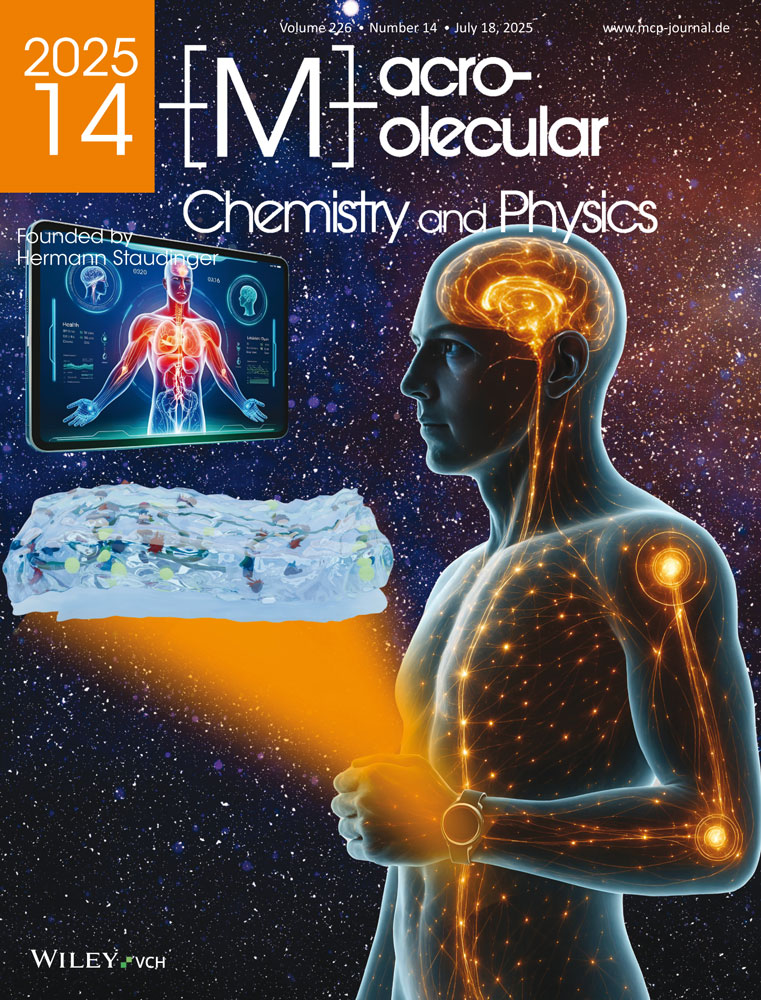Ring-opening polymerization of cyclobutane adducts of tetracyanoethylene and vinyl ethers with quaternary ammonium halides
Abstract
Ring-opening polymerizations of cyclobutane adducts of tetracyanoethylene (TCNE) and vinyl ethers (VE) with quaternary ammonium halides are described. The polymerization of the cyclobutane adduct 5a of TCNE and ethyl vinyl ether (EVE) was carried out with 10 mol-% of tetrabutylammonium iodide (TBAI) in N,N-dimethylacetamide (DMAc) at ambient temperature to afford the alternating copolymer of TCNE and EVE with high molecular weight in good yield without contamination by TBAI. Under the optimum conditions, the cyclobutane adducts of TCNE and a variety of VEs such as butyl vinyl ether, isobutyl vinyl ether, 2,3-dihydrofuran, and 3,4-dihydro-2H-pyran were polymerized to yield similar polymers. On the basis of the fact that the polymer molecular weight increased rapidly at the initial stage and slowly even after the consumption of all monomers, we propose that the iodide ion of TBAI initiates the anionic chain polymerization of the cyclobutane adduct to afford an iodide-substituted macroanion 6, which is subjected to intermolecular nucleophilic substitution with each other in a step reaction manner. This intermolecular reaction of 6 was further confirmed by a model reaction of cyclobutane with chloromethyl methyl ether in the presence of chloride ion.




